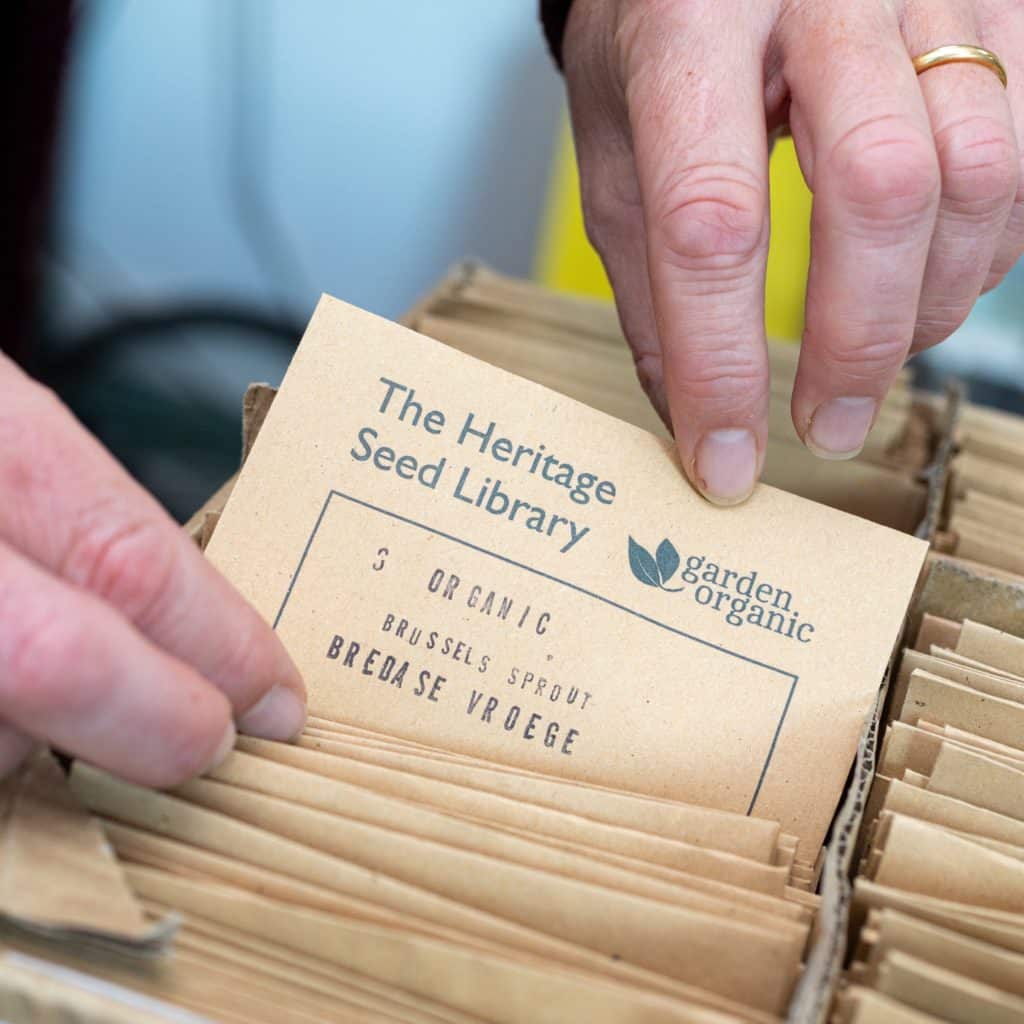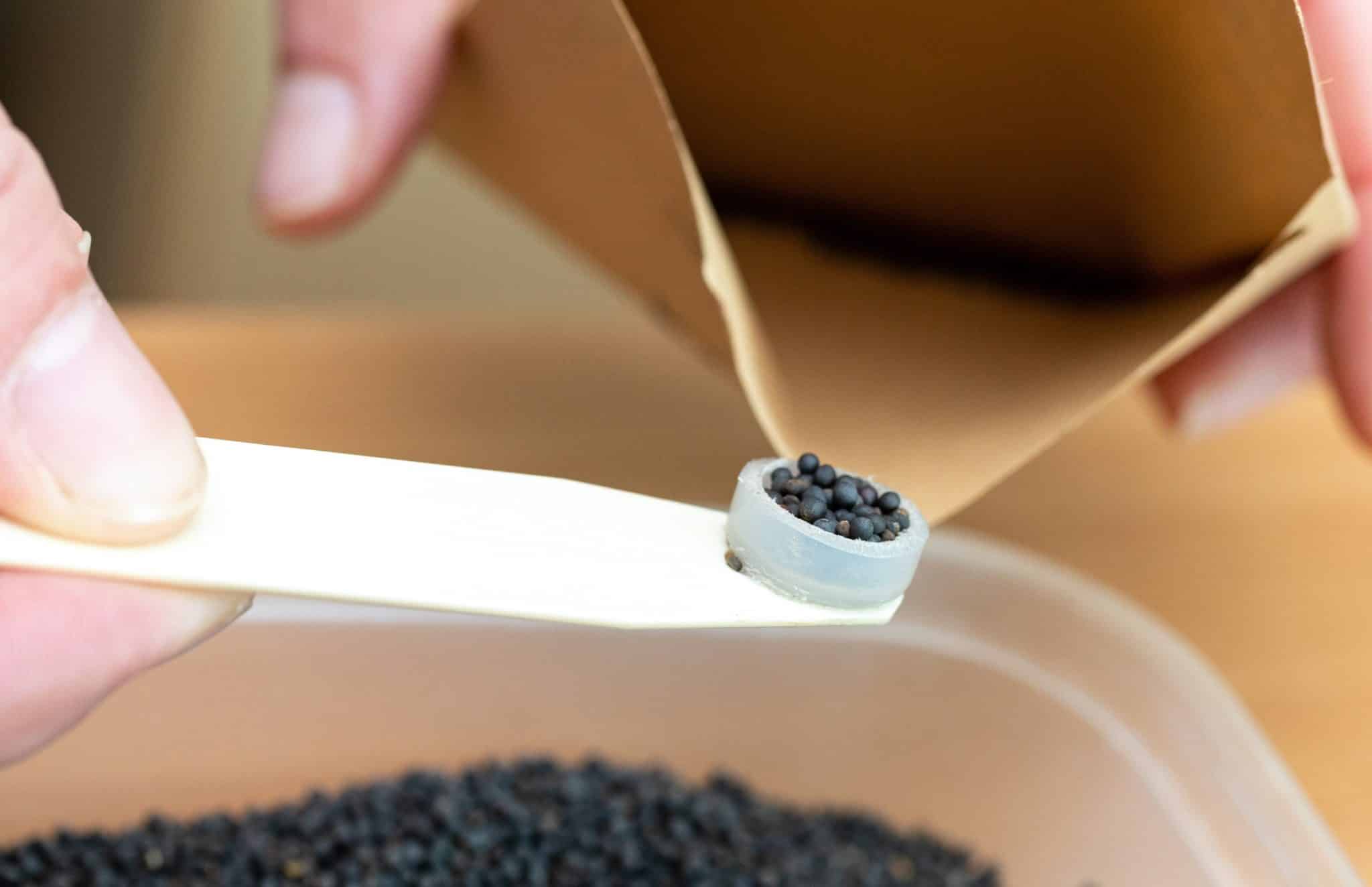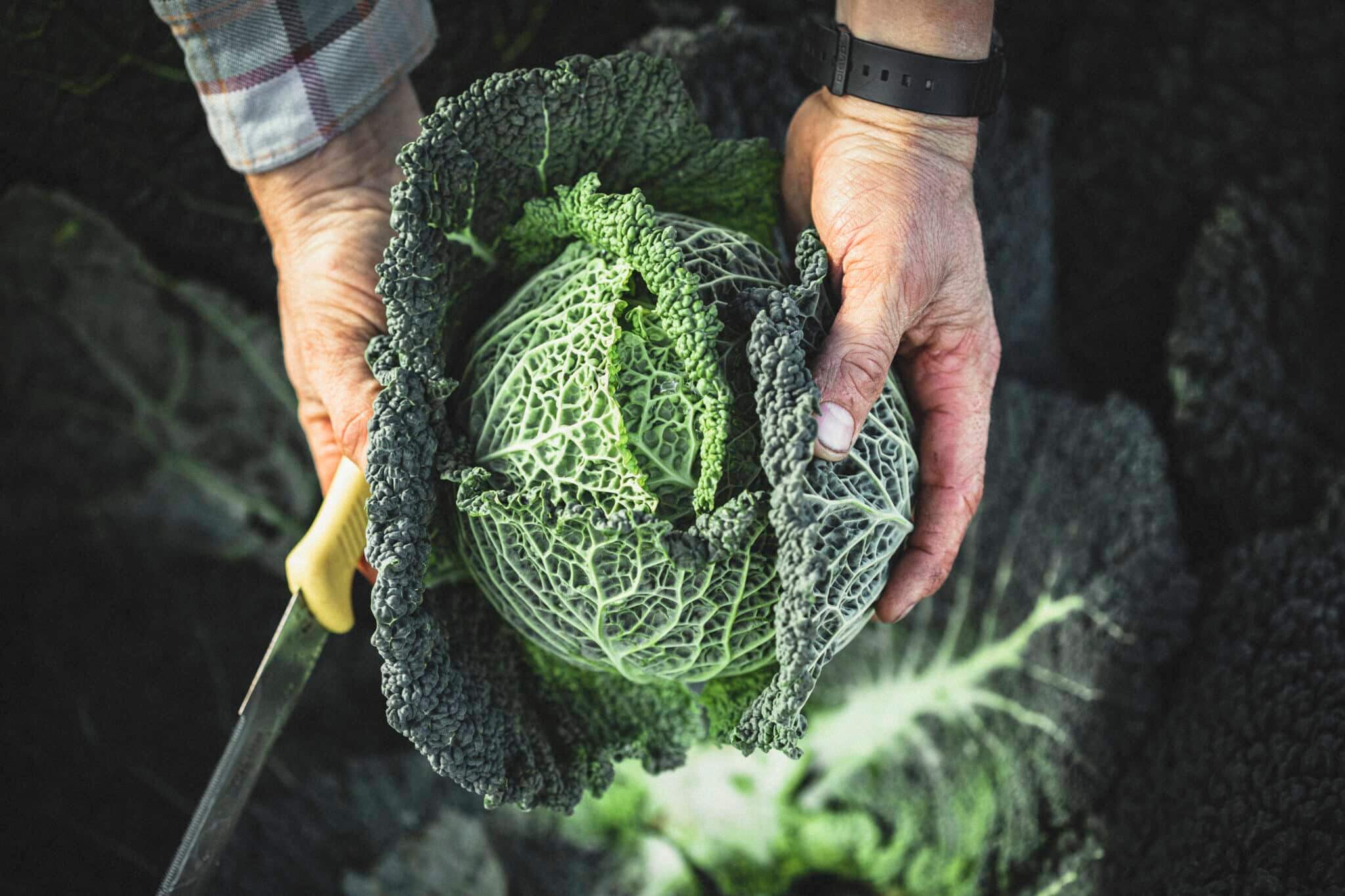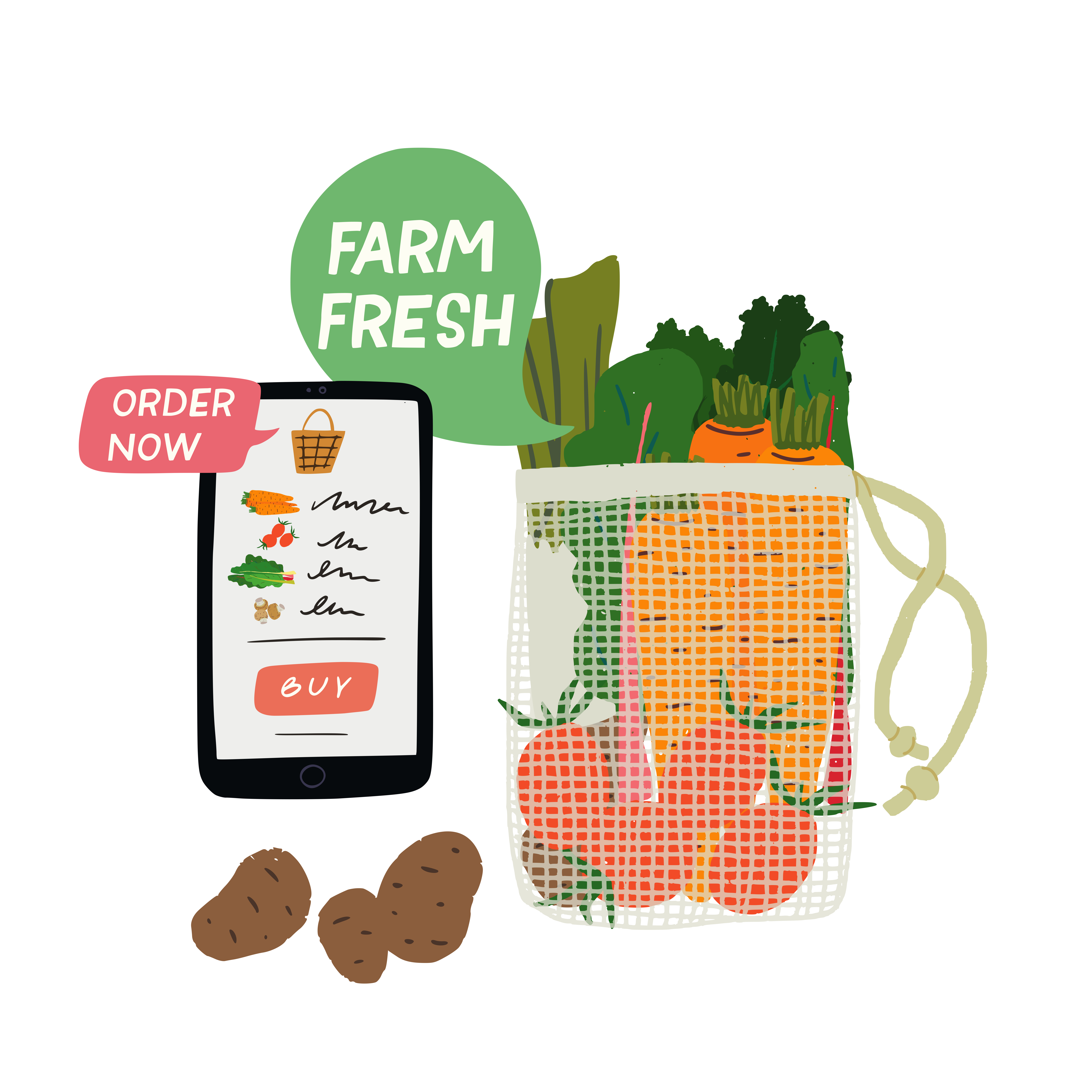A seed is an extraordinary thing. A tiny capsule storing a moment in time and a unique record of your soil, climate and location. They’re also a gift from the past to the future.
Old heirloom varieties of seed represent centuries of careful selection and breeding by small-scale growers. From the Lazy Housewife bean to Mortgage Lifter tomatoes, these golden oldies of the garden not only sound good, they taste good, too. But hurry, they may not be around for long.
Thanks to large-scale intensive farming, which has seen modern vegetable seeds bred to produce high-yielding, slow-ripening, uniform produce free from knobbly bits – thousands of traditional seeds have begun to fade away.
The result is a National List of seeds aimed squarely at commercial growers, which includes very few vegetable strains our grandparents might have grown.
Preserving the past
But in an unassuming building in Ryton, near Coventry, a living library is conserving vegetable varieties that are not widely available, so future generations can grow them once more.
The Heritage Seed Library’s (HSL) 780-plus seeds have been saved over multiple generations. Many have been dropped by popular seed catalogues, others are rare landrace varieties, specifically adapted to domestic and traditional growing and cooking practices. All the seeds, part of organic gardening charity Garden Organic, are open-pollinated, which means any collected seed will grow into plants with the same characteristics as their parents.
And each seed tells a story. The Brighstone Bean, for example, is thought to have washed up on the shores of the Isle of Wight thanks to an 18th century shipwreck. The ‘Mortgage Lifter’ tomato – developed by a poverty-stricken home gardener in the US – got its name because he used the proceeds from tomato sales to help him and other families through the depression.

Save your seed
But this love for heritage seeds is much more than misplaced nostalgia. Seeds have helped humans evolve and supported the creation of biodiverse ecosystems. With more than 75 per cent of the genetic diversity of the food supply chain lost in the last century, heirloom seeds could also be the key to preserving that variety.
Sow and save varieties at home, such as the Bradford Bomb cabbage or Glory of Devon pea, and you could be preserving seeds linked to your particular region or village. On a micro-level, hand collect your own seed and you can create bespoke plants for your plot, suited to your specific conditions. It’s the ultimate in reuse and recycling. You can control the entire cycle and know exactly where that seed has come from.
Save your seeds
Two seeds to save from your garden this autumn:
Tomato
Remove seeds from the fruit and rinse in a sieve under cold running water, rubbing them against the sieve to remove the gel coating. Spread them on a paper towel and leave to dry. Fold up the paper, label and store.
French beans
Ideally the pods should be dried on the vines but if bad weather threatens, uproot the plants and hang them upside down somewhere warm until the pods are completely dry. Pod by hand and reject any with atypical markings to keep your variety pure. Dry on a tray somewhere warm, but don’t allow them to get too hot. If you notice little holes, these are caused by a small weevil, and it’s best to destroy these beans, as it may have eaten the germinating part of the seed. French bean seeds should last in cool, dry storage for at least three years.
HSL’s 2023 Seed List will be released in December. Find out more here.
The Grow Your Own Wicked Leeks series is written by Garden Organic, the national charity for organic growing. Each month we bring you timely advice on what to do in your organic patch, whether you’re an experienced grower or just starting out. Share your own tips and gardening photos on social media under #GYOWickedLeeks.










0 Comments